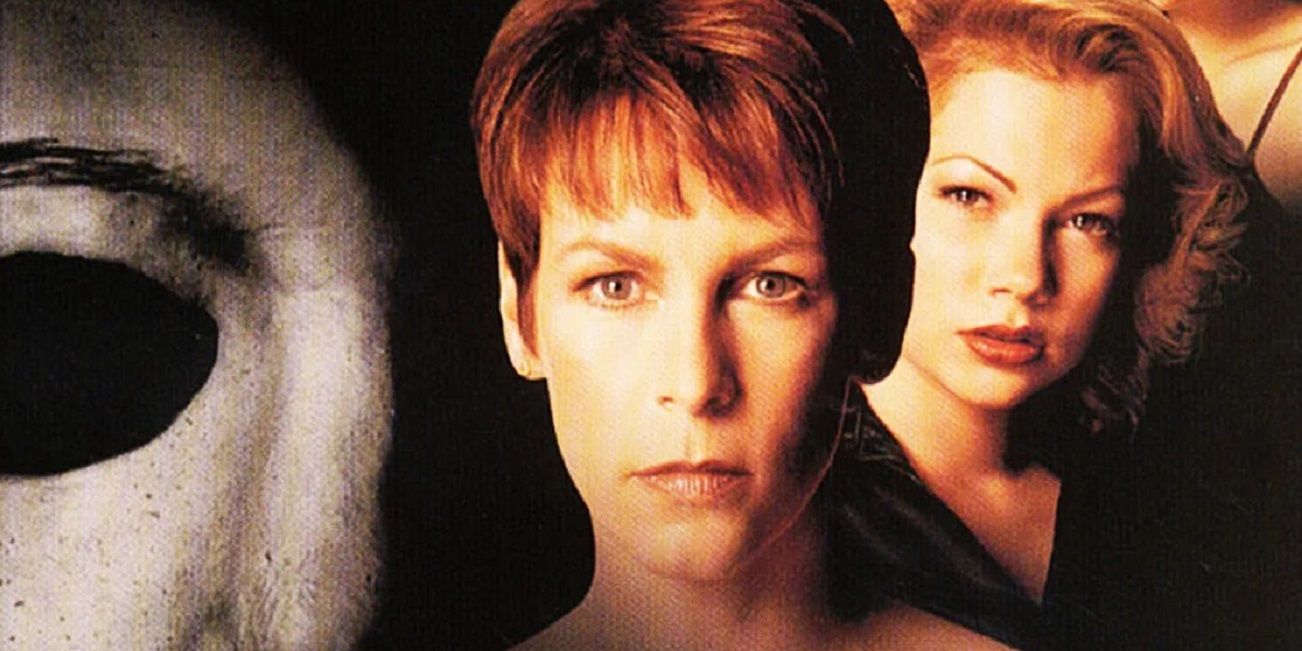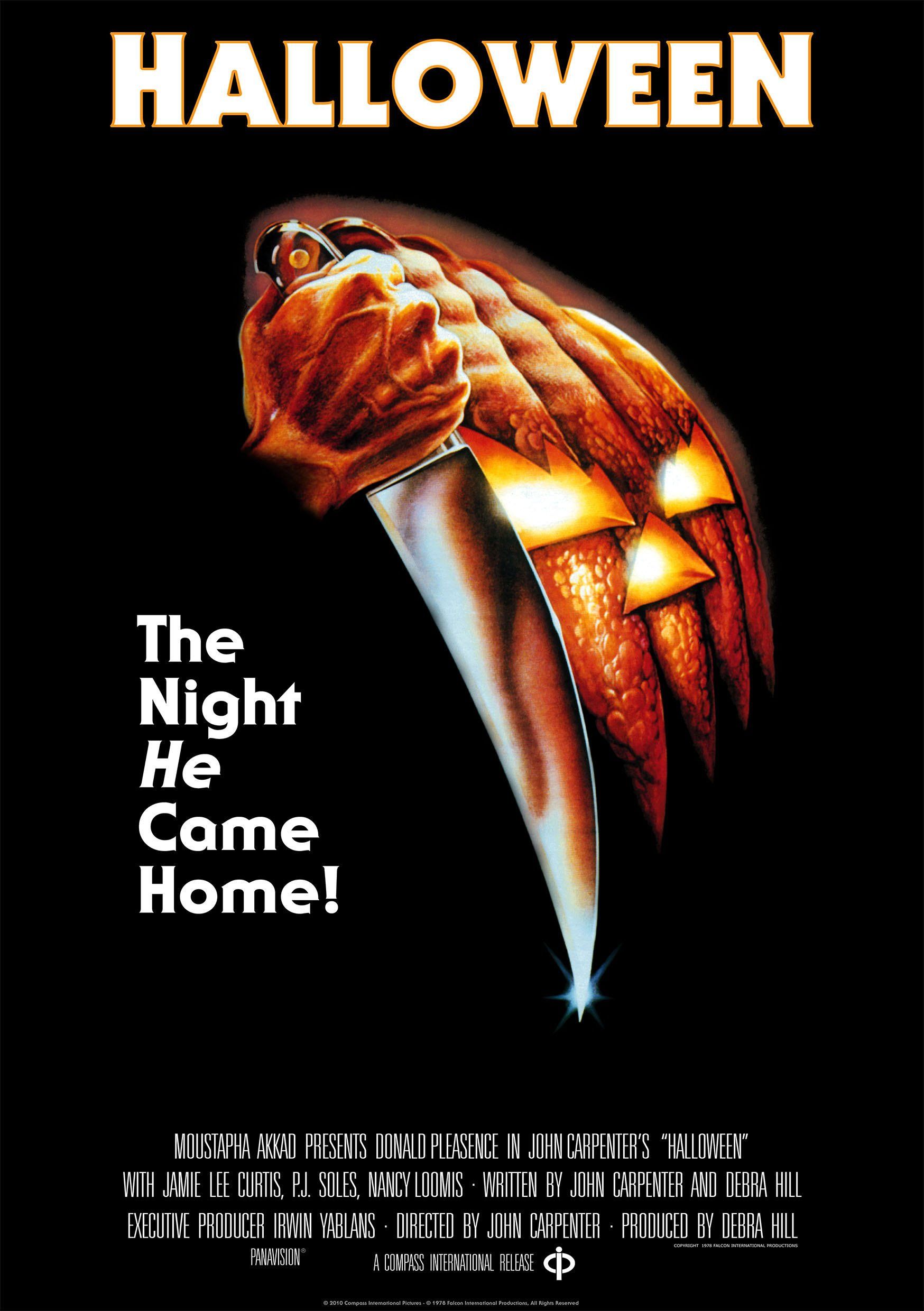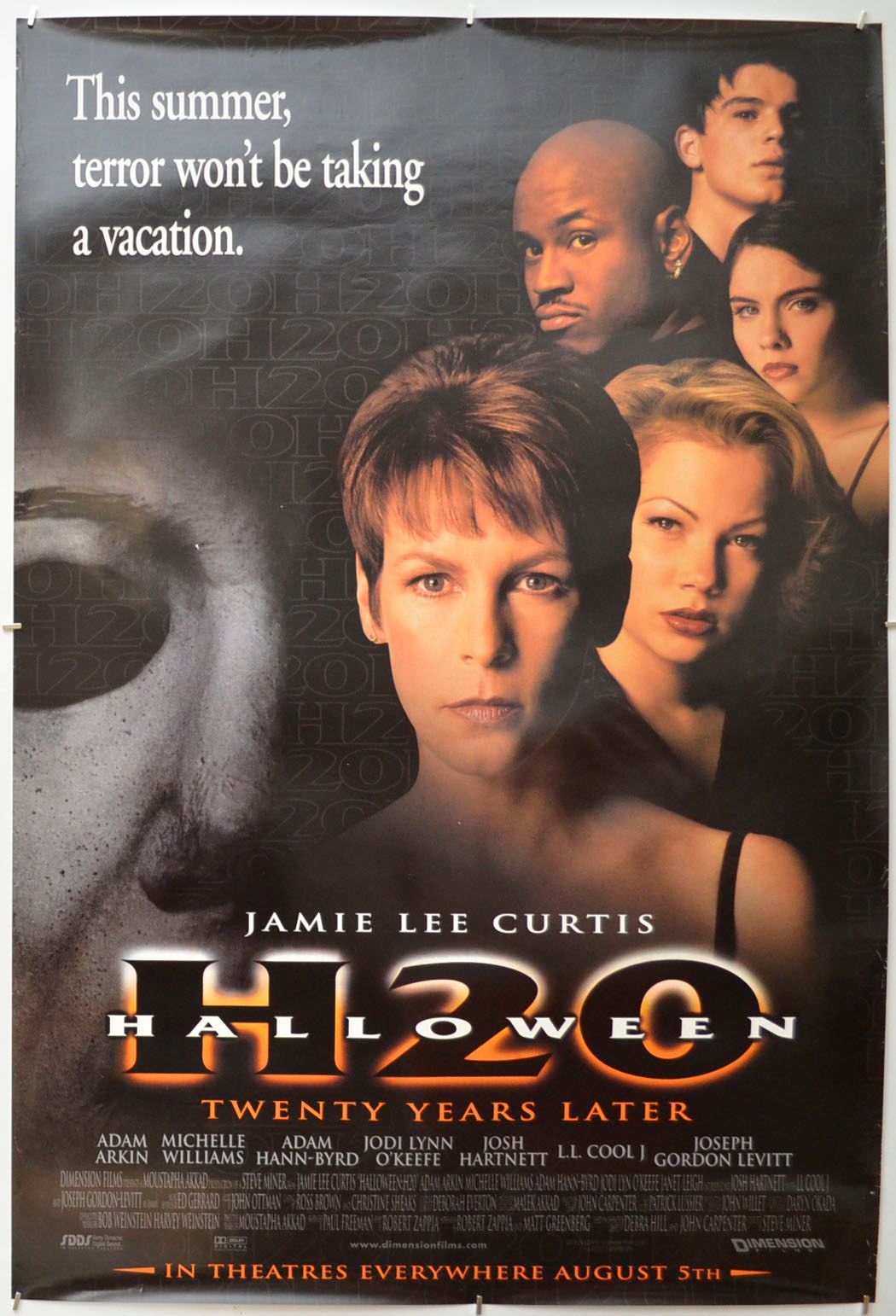MOVIE URBAN LEGEND: Jamie Lee Curtis wanted to quit Halloween H20: 20 Years Later because of a dispute over whether Michael Myers could be killed in the film.
When Halloween was released in 2018 (the first of a trilogy of films, with Halloween Kills released this week and Halloween Ends out next year), the film got a lot of attention over the fact that it "retconned" out every Halloween film after the very first John Carpenter film. In general, that was not met with a whole lot of resistance with fans, as the original Halloween film certainly has stood out a bit from the rest of the films in the franchise.
However, there was some disappointment from fans over the loss of 1998's Halloween H20: 20 Years Later from the film's new continuity, as that film (written by Scream's screenwriter, Kevin Williamson) was one of the best-received Halloween films ever (on IMBD, only the first two Halloween films starring Jamie Lee Curtis and the current reboot have scored higher review scores). However, interestingly enough, that film was almost never made as Curtis tried to back out of the project at the last minute over a conflict about the script and specifically, whether Michael Myers could be killed or not.
THE HISTORY OF THE AKKADS AND HALLOWEEN
John Carpenter had had some success with his film Assault on Precinct 13 (which had flopped in the United States but had been successful in Europe, at least critically), but he was certainly not a big name when he met with producer Irwin Yablans and financier Moustapha Akkad in London at the London Film Festival (with Carpenter's co-producer, Debra Hill). Yablans had had the idea for a horror film called "The Babysitter Murders" and Akkad, who had just recently directed and produced The Message, a film about the life of the Islamic prophet Muhammad, was willing to bankroll the film. Akkad ultimately agreed to give Carpenter total creative control and Carpenter's name over the title of the film in exchange for Carpenter doing the film for just over $300,000 (the exact figure seems to change from $320,000 to $350,000 in different tellings of the story).
Now obviously, the film (retitled Halloween) was a surprise smash success. Eventually, Akkad bought out the rights to the film franchise from the others (as Carpenter and Hill stopped being involved in the franchise after the first sequel), and he became the sole owner of the rights to the franchise for the rest of his life (he was tragically killed in a terrorist attack in 2005 in Amman, Jordan, when terrorists attacked a number of hotel lobbies in Amman). His son, Malek Akkad, continues to control the rights of the franchise.
HOW HALLOWEEN H20 WAS MADE
Well, in the leadup to the original film's 20th anniversary, Curtis had an idea to return to Laurie Strode. She recalled at the time:
I saw the opportunity to be realistic and show the horror of horror movies. Show the result of horror movies. Here's an opportunity for this girl, who's supposedly a survivor, but in fact, she's not a survivor - because she has no soul. That's what was ripped from her. Her ability to trust. Her ability to love. So even though she's done everything a woman's supposed to do to make her happy - she's gone to college, gotten a degree, got married and has a child - she's empty. She's a wreck, because he stole this from her. So if you set that up in a movie, and you really pay homage to that reality, and you don't shy from it, and you don't go "well this is a little heavy," and then create an opportunity for the character to escape. She can get away and keep running, but ultimately by running the metaphor, she'll die, because she's either blow her brains out in a year or she'll get in a car wreck, or whatever happens down the road. But she stops running, and turns around, and faces him head on. Mano a mano. To the death. She may die, physically, but she gets her soul back. Now that is a slightly long-winded and lofty goal for a horror movie, but if you can pull that off, then you have a movie to commemorate the first movie. This was my pitch over and over and over. I didn't care where they set it, how the other peripheral characters interplayed into the story. The focus of the story is Laurie Strode and her struggle.
The final film was a bit toned down from that, as Curtis noted, " I think they were afraid it was just too dark. I think that people were afraid to go where I wanted to go. I think they didn't know if that kind of dysfunction was going to be acceptable for the lead character in the movie." She also later reflected that she really should have been a producer on the film, noting in 2012's Halloween Horrorhound Weekend, “Now the idiot girl that I am is that I didn’t go ‘you know what?…it’s all my idea I’m going to freaking produce it. So sadly I did not take on that role and I should have.”
Curtis recently reflected on how the project changed, "It didn’t have an essential vision. I wanted to explore Laurie’s trauma and show what the events she went through on Halloween night in 1978 did to her. I would’ve been able to see my vision through if I’d been a producer, but I was a mom. I had two kids, so I was just happy to make a movie. And sure, it’s not breathtaking cinema, but it’s fine."
WHY JAMIE LEE CURTIS ALMOST QUIT HALLOWEEN H20
The major conflict, though, came when Curtis discovered that the Akkads had a clause built into the Halloween rights that Michael Myers could never actually be killed. Curtis was under the impression that she could finally kill Michael Myers in this film and in fact, she had initially taken issue with the original ending, which involved Myers seemingly dying in a fire but it being sort of vague. She explained at the same 2012 Halloween Horrorhound Weekend, “So I go to the office really pissed and I walk in and I’m like wtf is happening here?. They looked at me and said: Jamie, there’s a clause in the contract with Moustapha Akkad that says you can’t kill him [Michael].” She was shocked and just threatened to walk then and there.
Williamson then cleverly comes up with a solution where Laurie will instead behead "the man in the Michael Myers mask," and that they won't show anything else in Halloween H20 that suggests that Myers survived. Curtis agreed and the shots that reveal that Myers put his mask on a paramedic were filmed after principal photography was completed on the film. Once the decision was made that Myers WOULD return, Curtis later explained, “So what I said to them was, if this is in fact how we are going to conclude the movie, without the audience knowing, then I have to come back for one more movie; for a very short moment to conclude Laurie’s story." So that is why she returned for 2002's Halloween Resurrection, having snapped after learning that she killed an innocent man.
Her Resurrection death was retconned, of course, with these new films, so it will be fascinating to see if Malek Akkad allows Laurie to finally kill Michael once and for all in next year's Halloween Ends (after all, you could just reboot the franchise for a third time).
The legend is...
STATUS: True
Be sure to check out my archive of Movie Legends Revealed for more urban legends about the world of film.
Feel free (heck, I implore you!) to write in with your suggestions for future installments! My e-mail address is bcronin@legendsrevealed.com.



